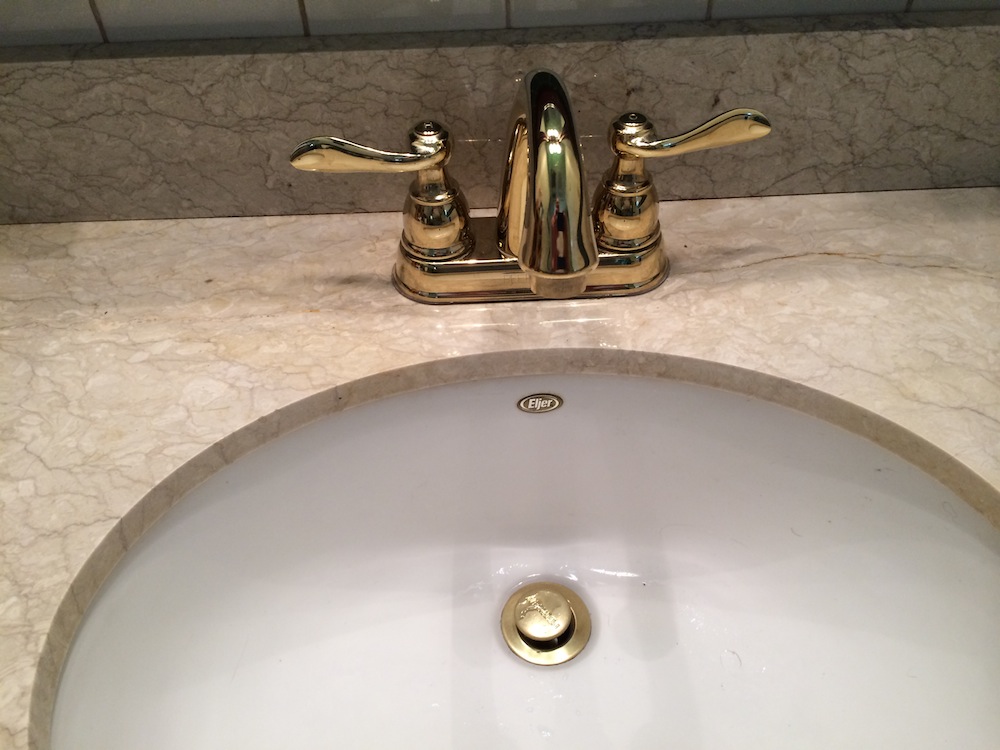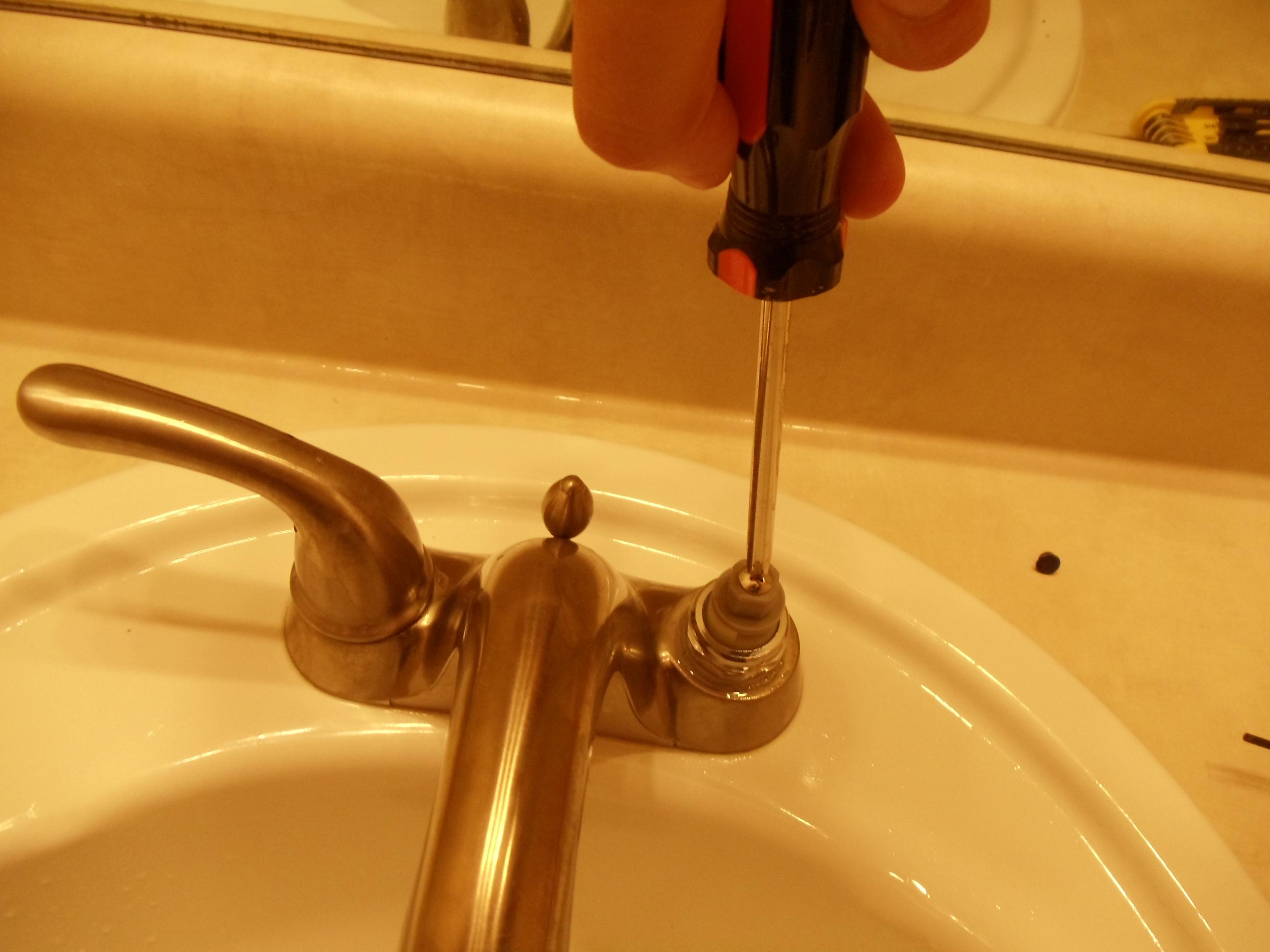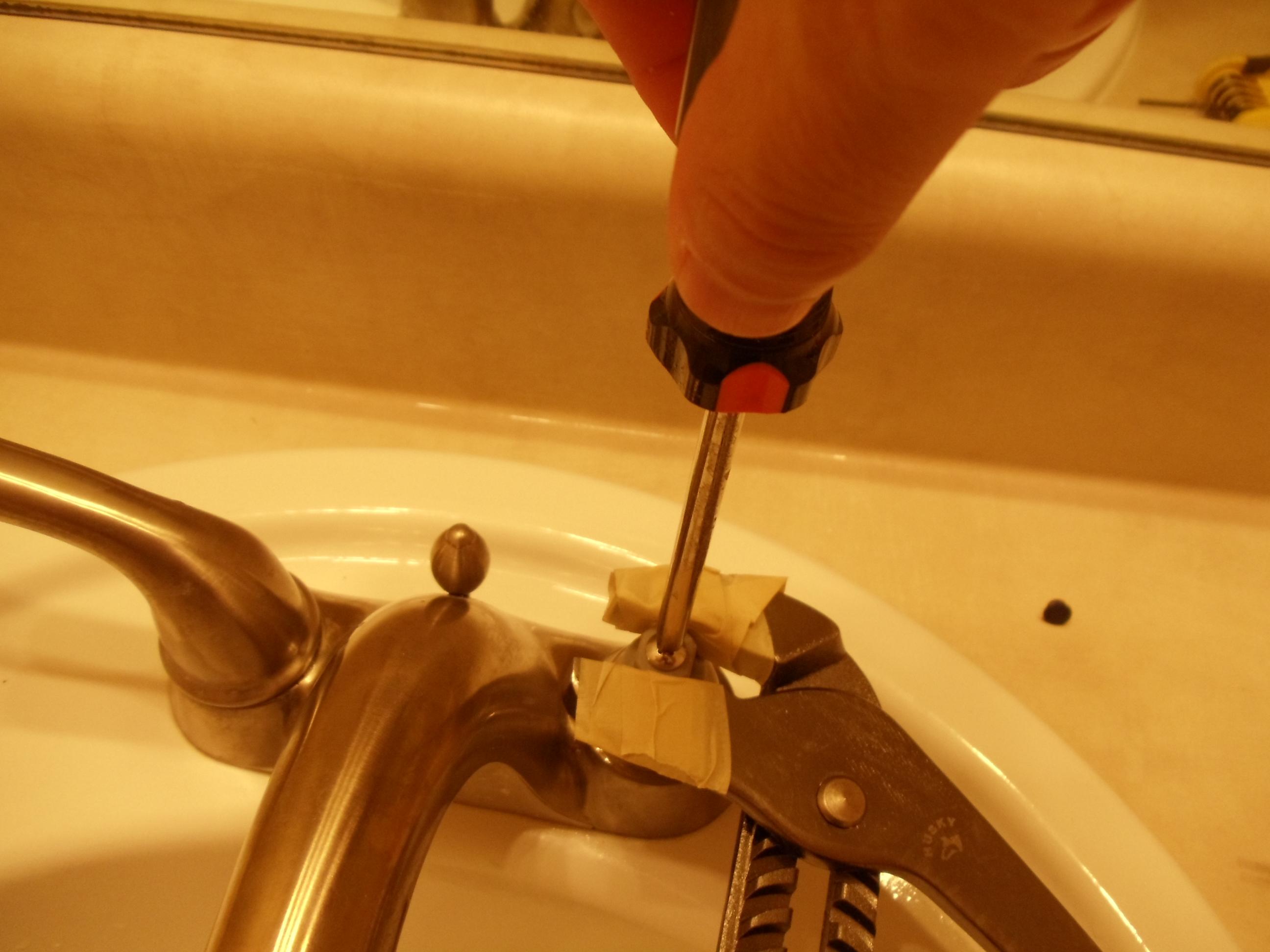If you've noticed a constant drip or puddle of water under your bathroom sink, chances are you have a leaky faucet. Not only is this pesky and wasteful, but it can also lead to higher water bills and potential damage to your sink and cabinets. But have no fear, fixing a leaky bathroom sink faucet is a relatively simple task that can save you time and money in the long run. Here's how to get your faucet back in working order.Fixing a Leaky Bathroom Sink Faucet
The first step in fixing a leaky bathroom sink faucet is to determine the cause of the leak. In most cases, the culprit is a worn out or damaged washer or O-ring. These small rubber pieces help create a seal and prevent water from leaking out. Over time, they can become deteriorated or cracked, causing leaks. Other causes of leaks can include a loose or damaged valve seat, worn out cartridge, or corroded pipes.How to Fix a Leaky Bathroom Sink Faucet
Depending on the cause of the leak, you may be able to fix it yourself with a few basic tools and materials. First, turn off the water supply to your sink and close the drain to prevent any small pieces from falling down the pipes. Then, disassemble the faucet by removing the handle, spout, and any other components. Inspect each piece for damage and replace any worn out parts with new ones.DIY Bathroom Sink Faucet Leak Repair
If you're unsure of how to disassemble and reassemble your faucet, consult the manufacturer's instructions or do a quick search online for your specific faucet model. Once you have replaced any damaged parts, reassemble the faucet and turn the water supply back on. Test the faucet to ensure the leak has been fixed. If not, you may need to replace additional parts or call a professional plumber for assistance.Step-by-Step Guide to Fixing a Bathroom Sink Faucet Leak
In addition to worn out washers and O-rings, there are a few other common causes of bathroom sink faucet leaks. These include loose or damaged valve seats, which can be tightened or replaced, and a worn out cartridge, which may need to be replaced. Corroded pipes can also be a cause of leaks, and may require professional plumbing services to fix.Common Causes of Bathroom Sink Faucet Leaks
If you're short on time or don't want to tackle the task of fixing a leaky faucet yourself, there are a few quick and easy fixes you can try. One option is to use a faucet repair kit, which includes all the necessary parts and instructions to fix most common faucet leaks. Another option is to use a leak sealant, which can be applied to the affected area and helps create a temporary seal until you can get the faucet fixed properly.Quick and Easy Bathroom Sink Faucet Leak Fix
If you choose to fix the leak yourself, you will need a few basic tools and materials. These may include a screwdriver, adjustable wrench, pliers, and replacement parts such as washers, O-rings, and cartridges. It's always a good idea to have a few extra parts on hand in case of future leaks.Tools and Materials Needed to Fix a Bathroom Sink Faucet Leak
If you're not comfortable with DIY repairs or have a persistent leak that you can't fix, it's best to call a professional plumber for assistance. They have the knowledge and experience to quickly diagnose and fix any type of bathroom sink faucet leak. Plus, they can also check for any other potential issues that may be causing the leak.Professional Plumbing Services for Bathroom Sink Faucet Leaks
The best way to prevent future bathroom sink faucet leaks is to properly maintain your faucet and address any small issues before they become bigger problems. This includes regularly cleaning and lubricating your faucet, as well as being mindful of how much force you use when turning the handles. If you notice any small leaks, address them promptly to prevent them from becoming larger and more costly to fix.Preventing Future Bathroom Sink Faucet Leaks
If you have tried all the above methods and your bathroom sink faucet is still leaking, it's time to troubleshoot the issue. Check for any loose or damaged parts, tighten any screws or bolts, and make sure the faucet is properly aligned and sealed. If the problem persists, it may be time to call a professional for further assistance.Troubleshooting a Persistent Bathroom Sink Faucet Leak
Why Fixing a Bathroom Sink Faucet Leak is Important for Your Home's Design

The Role of a Bathroom Sink Faucet in Your Home
 Your bathroom sink faucet may seem like a small and insignificant part of your home's design, but it actually plays a crucial role in both functionality and aesthetic appeal. A leaky faucet not only wastes water and increases your water bill, but it can also lead to other costly damages such as water stains, mold growth, and even structural damage. Not to mention, a constantly dripping faucet is a major annoyance and can disrupt the peaceful atmosphere of your bathroom.
Your bathroom sink faucet may seem like a small and insignificant part of your home's design, but it actually plays a crucial role in both functionality and aesthetic appeal. A leaky faucet not only wastes water and increases your water bill, but it can also lead to other costly damages such as water stains, mold growth, and even structural damage. Not to mention, a constantly dripping faucet is a major annoyance and can disrupt the peaceful atmosphere of your bathroom.
The Negative Impact of a Leaky Faucet on Your Home's Design
 Aside from the practical consequences, a leaky bathroom sink faucet can also have a negative impact on the overall design of your home. The constant dripping sound can be a major distraction and disrupt the tranquility of your bathroom. It can also create an unpleasant and unsightly mess with water stains and potential mold growth. Moreover, a leaky faucet can make your bathroom look outdated and neglected, affecting the overall aesthetic appeal of your home.
Aside from the practical consequences, a leaky bathroom sink faucet can also have a negative impact on the overall design of your home. The constant dripping sound can be a major distraction and disrupt the tranquility of your bathroom. It can also create an unpleasant and unsightly mess with water stains and potential mold growth. Moreover, a leaky faucet can make your bathroom look outdated and neglected, affecting the overall aesthetic appeal of your home.
How Fixing a Bathroom Sink Faucet Leak Can Improve Your Home's Design
 By addressing a leaky faucet, you not only fix a practical issue but also improve the overall design of your home. A newly fixed faucet can add a touch of modernity and freshness to your bathroom, instantly upgrading its appearance. It can also improve the functionality of your bathroom, allowing for a more efficient use of water and preventing any potential water damage. Additionally, a well-maintained faucet can enhance the overall cleanliness and hygiene of your bathroom, which is crucial for a well-designed home.
By addressing a leaky faucet, you not only fix a practical issue but also improve the overall design of your home. A newly fixed faucet can add a touch of modernity and freshness to your bathroom, instantly upgrading its appearance. It can also improve the functionality of your bathroom, allowing for a more efficient use of water and preventing any potential water damage. Additionally, a well-maintained faucet can enhance the overall cleanliness and hygiene of your bathroom, which is crucial for a well-designed home.
Final Thoughts
 In conclusion, fixing a bathroom sink faucet leak is an important step in maintaining the design and functionality of your home. Not only does it save you from costly damages and annoyances, but it also improves the overall appearance and cleanliness of your bathroom. Don't let a small leak become a big problem and take the necessary steps to fix your faucet as soon as possible. Your home and wallet will thank you.
In conclusion, fixing a bathroom sink faucet leak is an important step in maintaining the design and functionality of your home. Not only does it save you from costly damages and annoyances, but it also improves the overall appearance and cleanliness of your bathroom. Don't let a small leak become a big problem and take the necessary steps to fix your faucet as soon as possible. Your home and wallet will thank you.



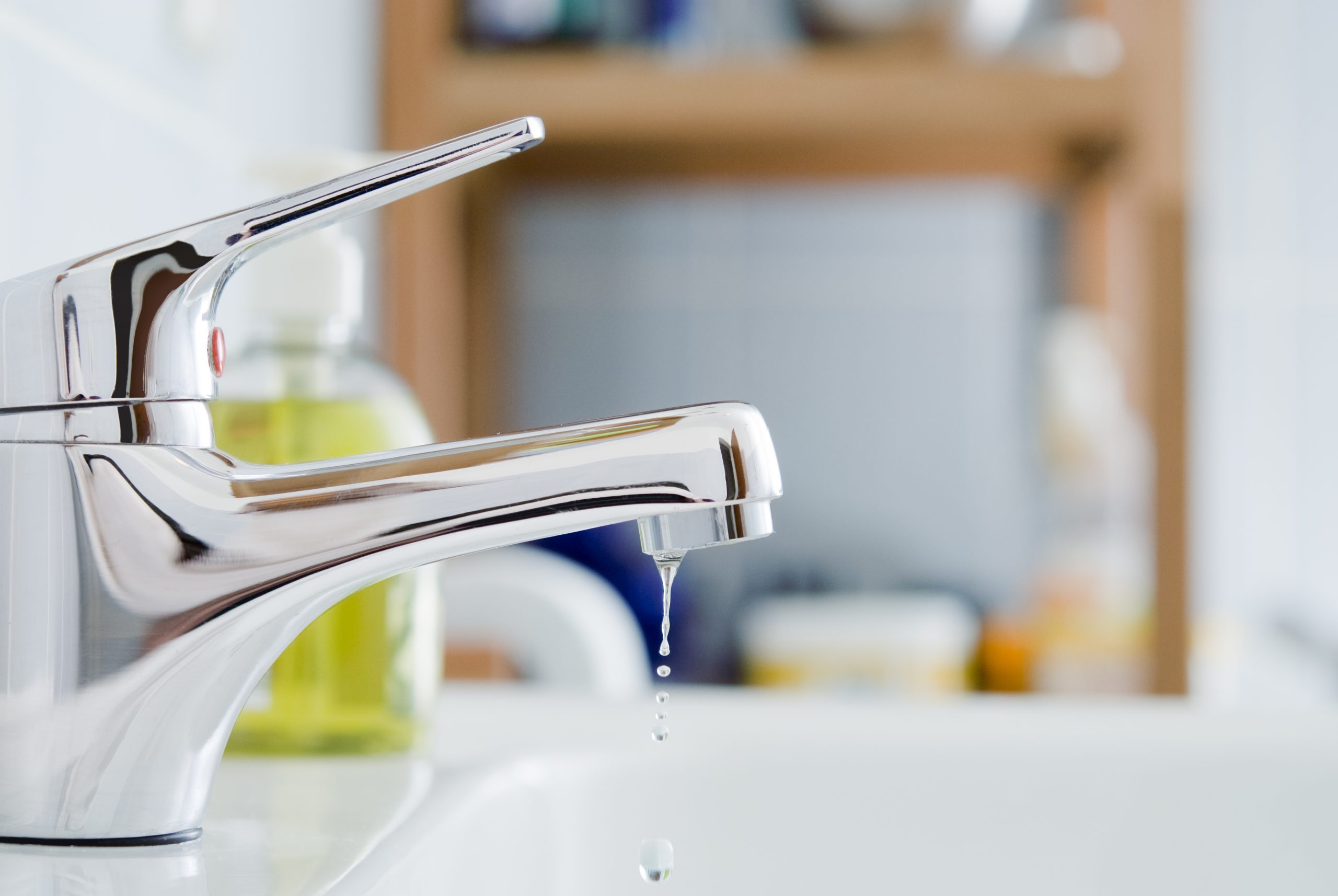



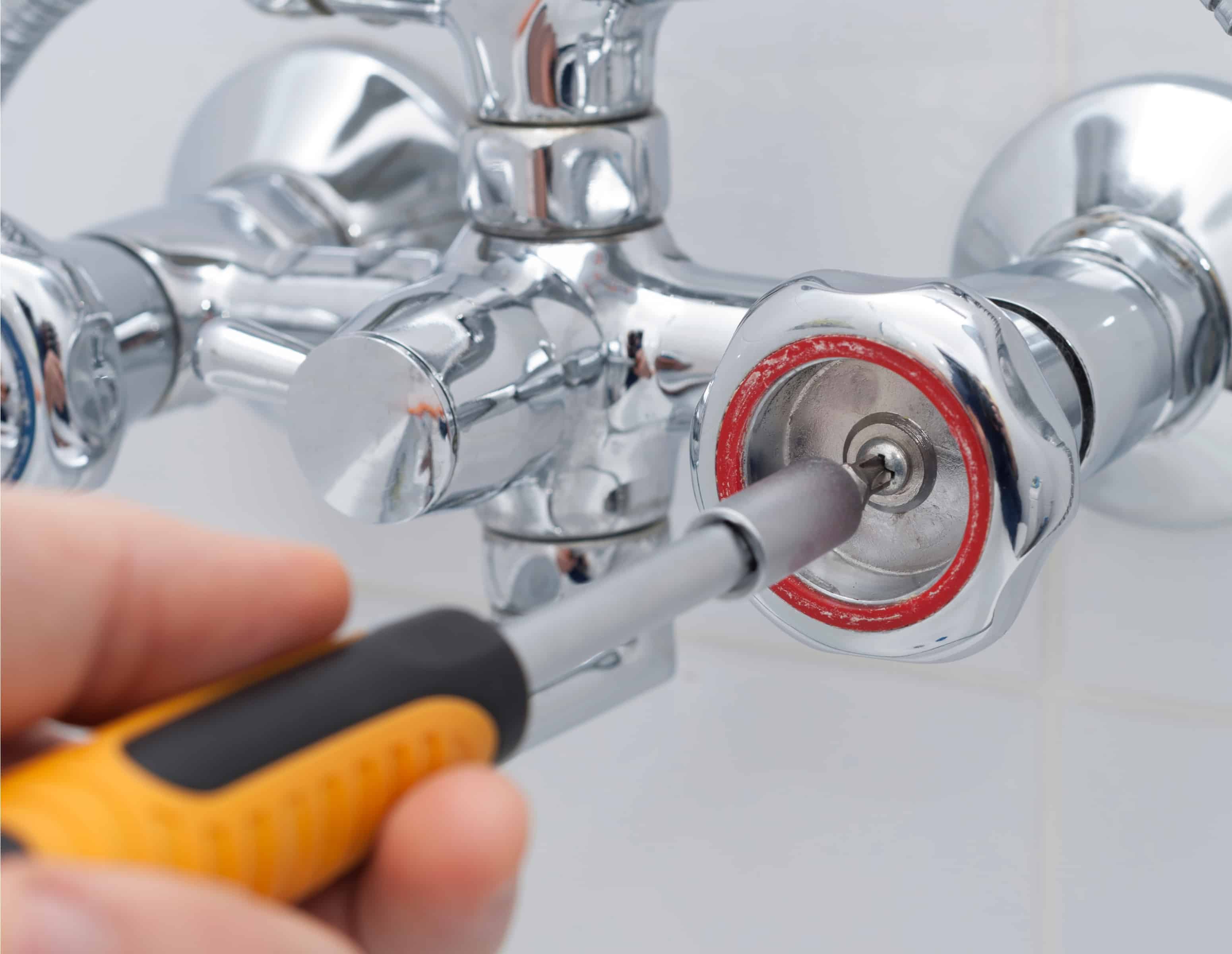































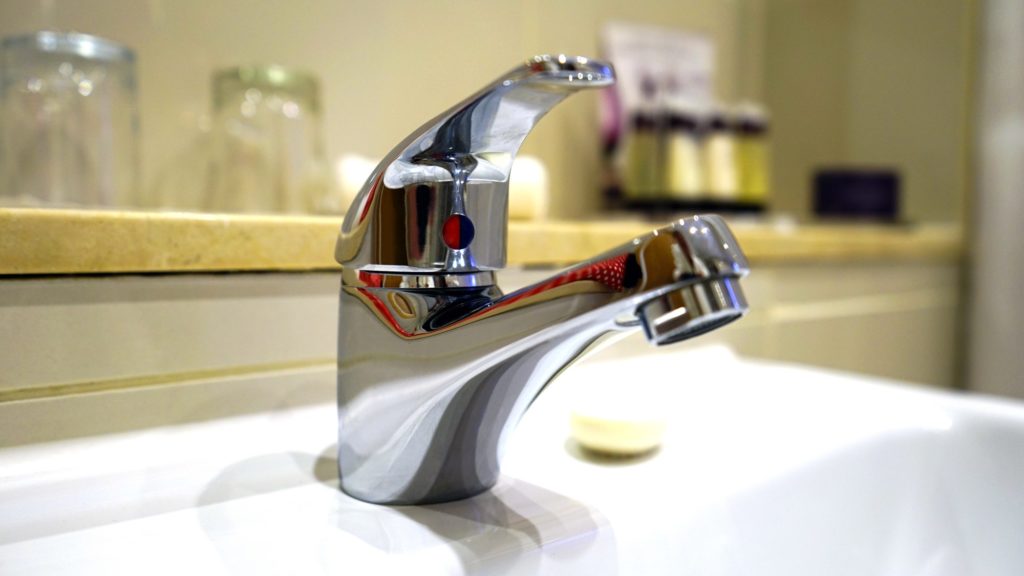




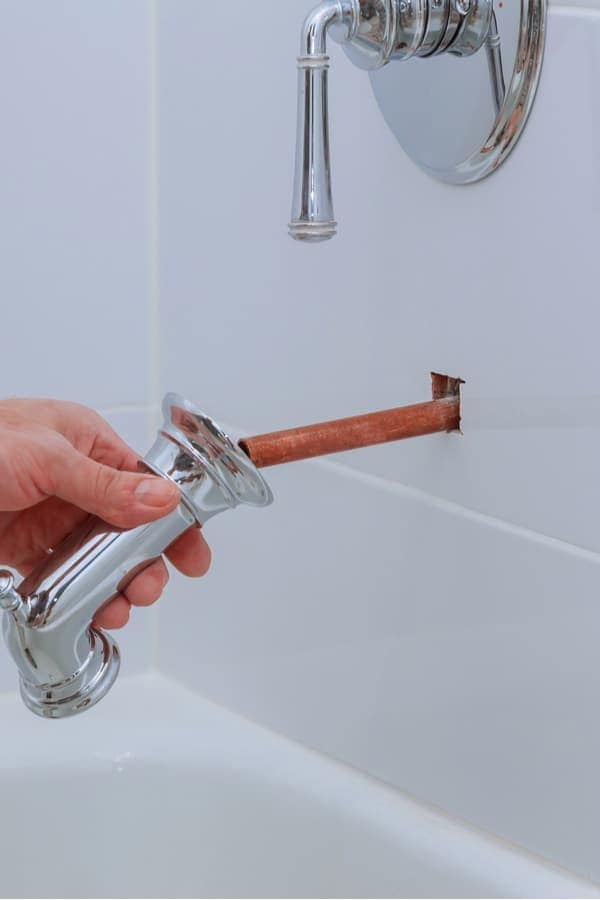










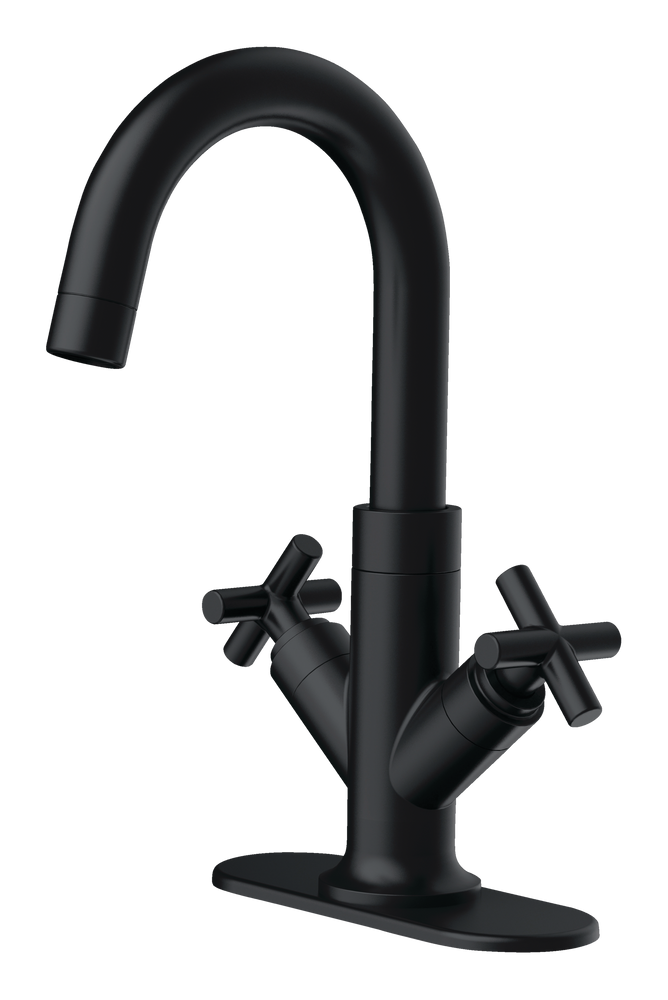
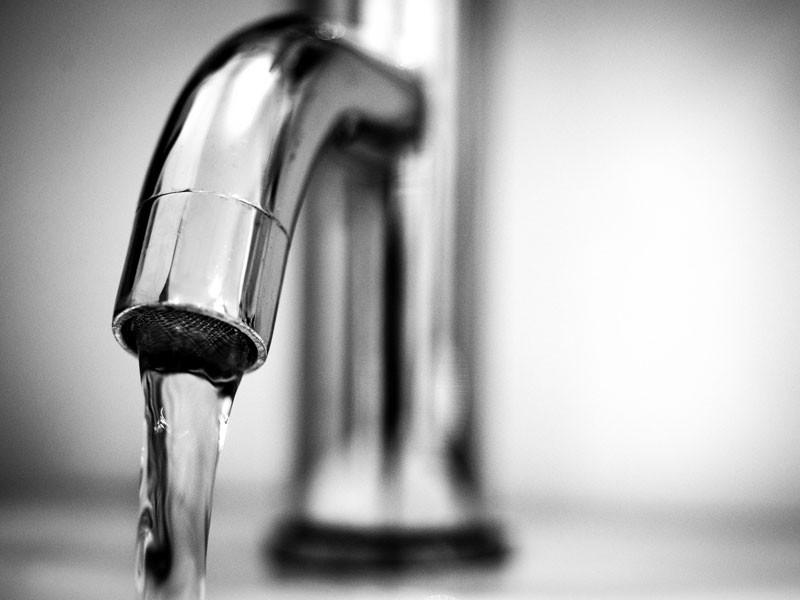
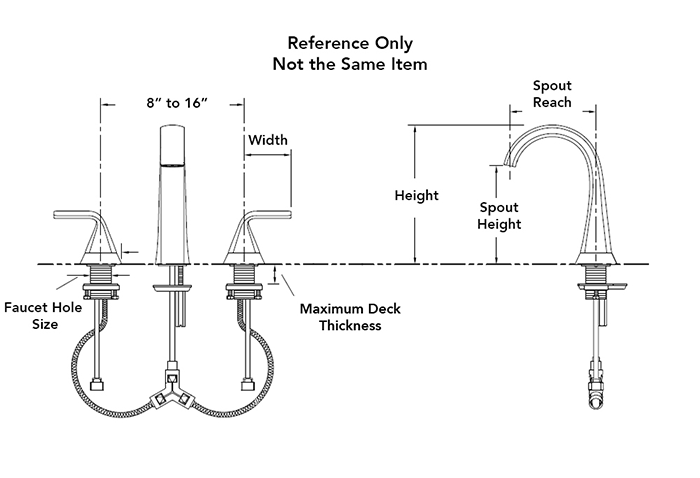

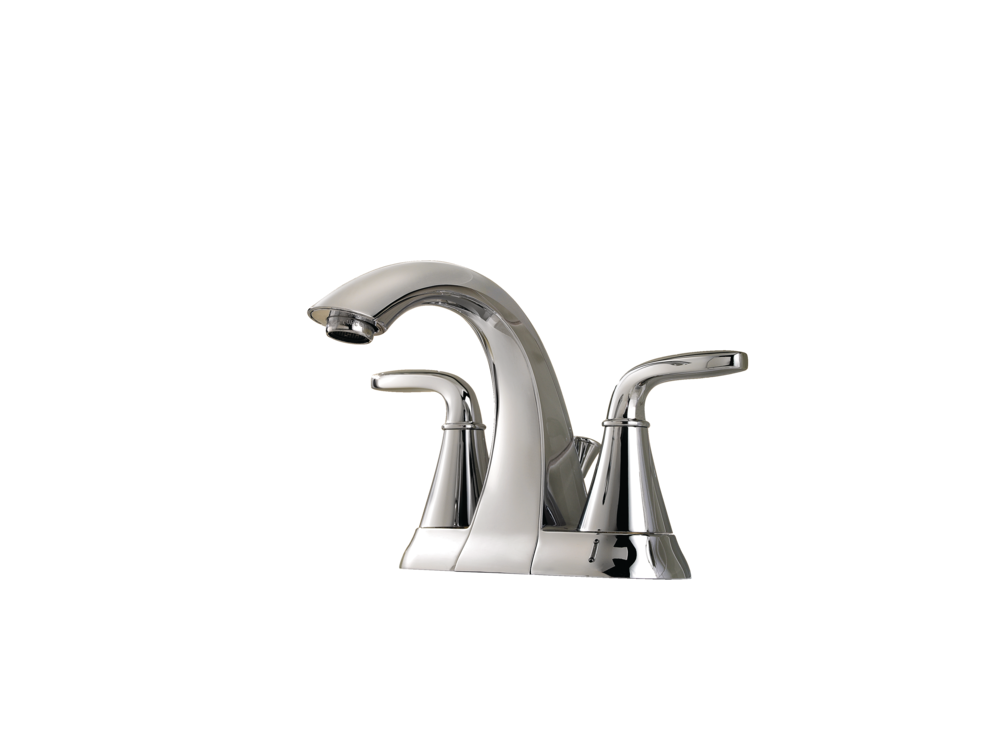
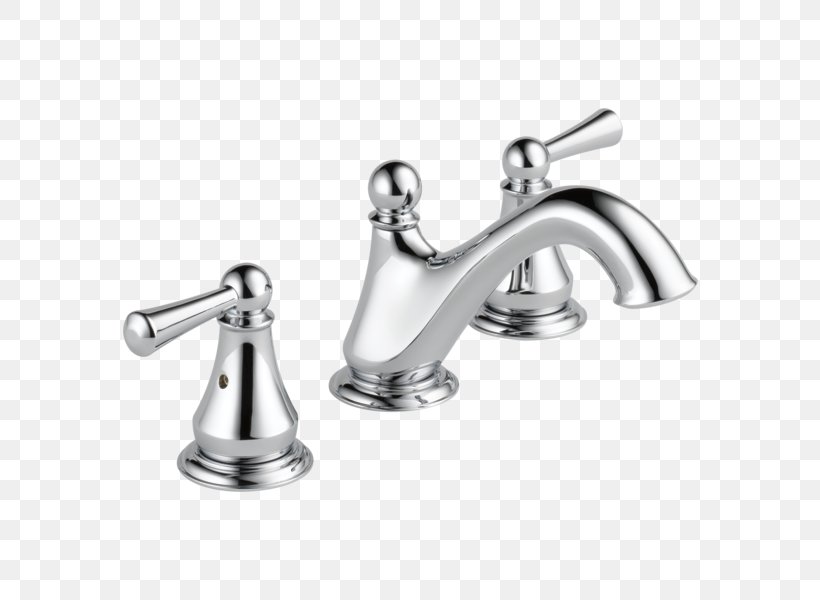
/Bathroomfaucetleak-GettyImages-182691828-59d59e50d088c00010867f1e.jpg)



